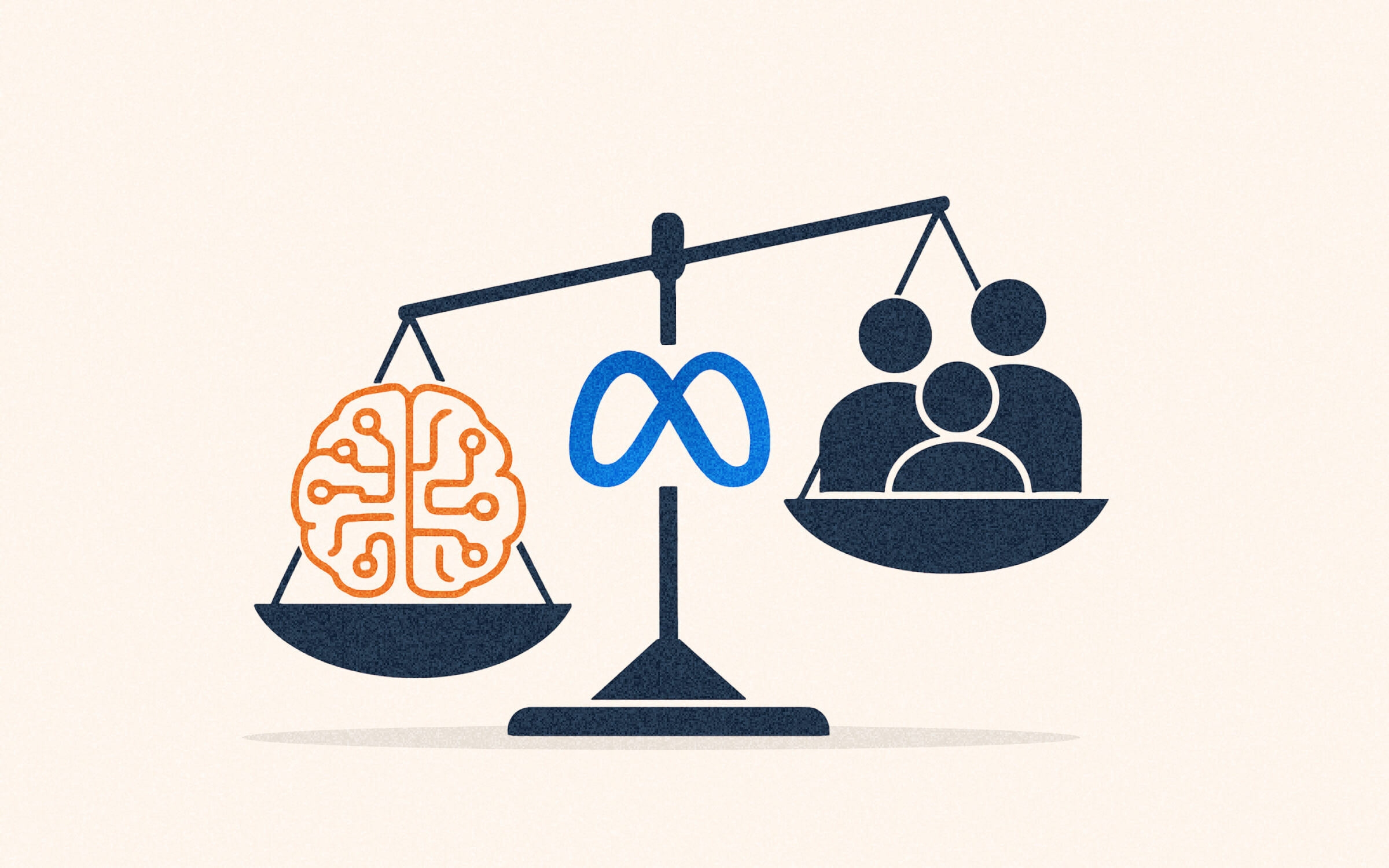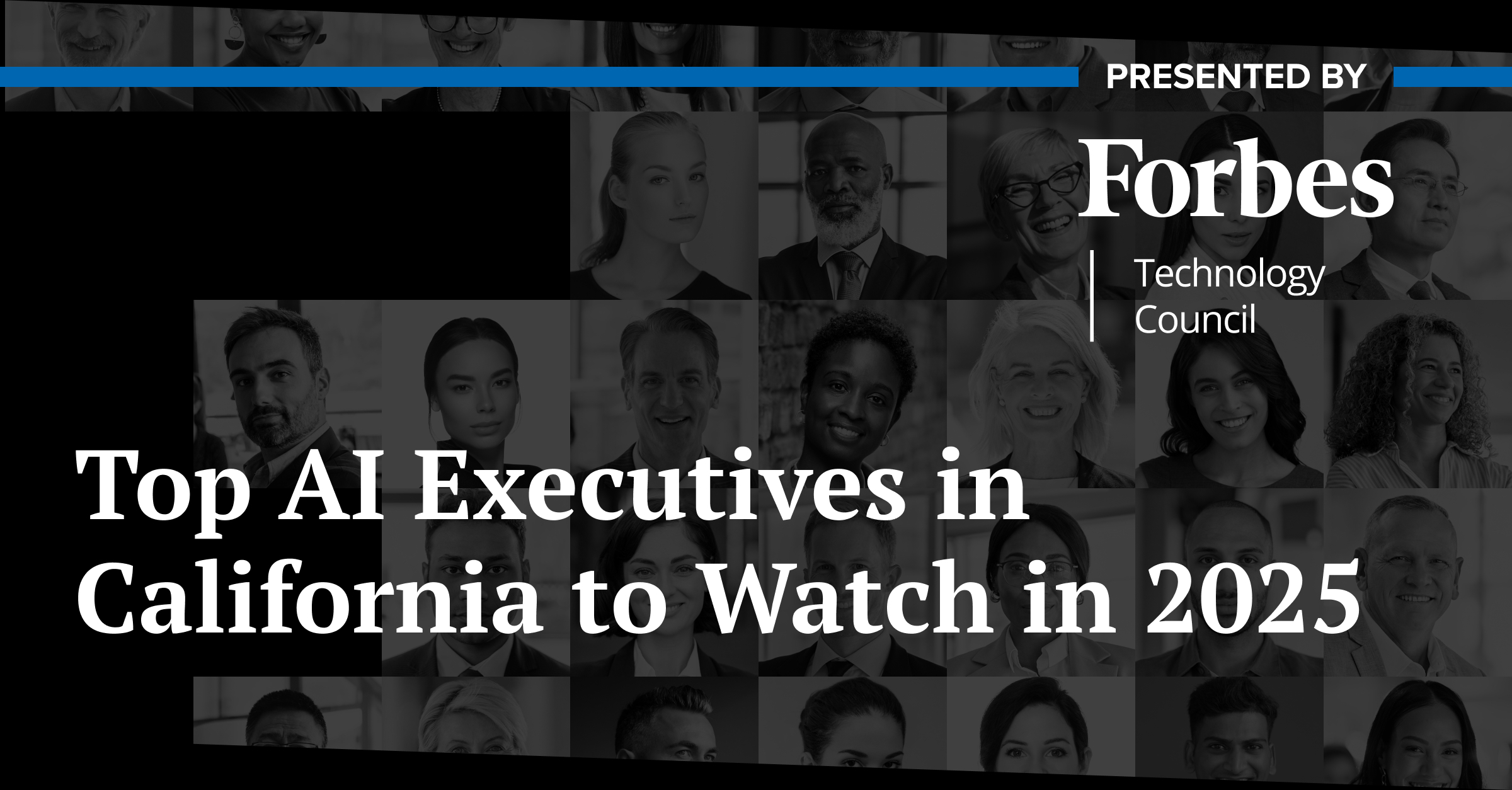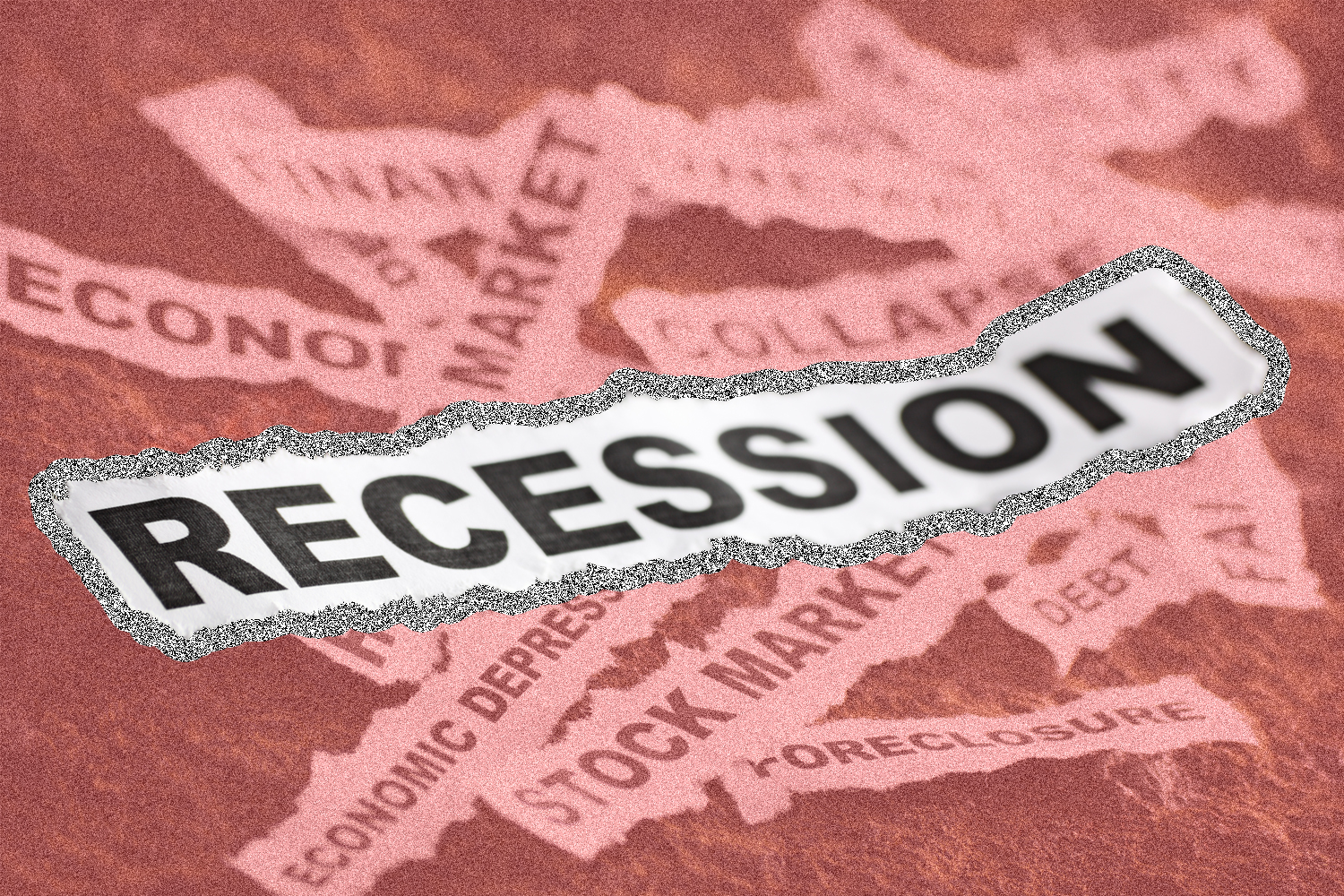Despite an onslaught of stories claiming DEI is dead, a recent report from McKinsey proves the opposite is true. Not only is DEI alive, it’s thriving.
In “Diversity matters even more: The case for holistic impact,” McKinsey reports gender diversity on executive teams continues moving the needle on financial performance for companies. In 2015, McKinsey stated that top-quartile companies for gender diversity had a 15% greater likelihood of financial outperformance than their bottom-quartile peers. In 2023, that figure increased to 39%. The report also states, “The penalties for low diversity on executive teams are also intensifying.” Companies in the top quartile for ethnic diversity saw an average financial advantage of 27% over competitors.
Since we can confidently say and show that DEI still matters, Senior Executive DEI has outlined seven DEI trends for 2024. Take these into consideration as you prioritize your annual goals, in addition to your ongoing commitments, such as improving diversity and decreasing turnover within your organizations.
1. DEI Leaders Will Partner With Legal Teams to Defend the Lawfulness of DEI Initiatives
Since the Supreme Court struck down affirmative action in June, DEI leaders in higher education have been honing in on race-neutral recruitment strategies to continue attracting students from diverse backgrounds. Some such strategies, according to Katie Anderson, a partner at Carrington Coleman, a Texas-based law firm, include recruiting from high schools where a majority of students come from low-income families and asking application questions like, “Are you a first-generation college student?”
At Pratt Institute in New York, Nsombi Ricketts, VP for DEI and a founding member of the Senior Executive DEI Think Tank, says the DEI team collaborates more closely with the school’s legal team as a result of the ruling. She predicts more DEI leaders will do the same at their organization in 2024. Ricketts’s team also hosted an affirmative action town hall for the Pratt community as well as a follow-up presentation to its board of trustees and the board’s DEI committee to review the decision.
“We also confirmed that the decision has not impacted financial aid and scholarships, outreach and recruitment, pipeline and affinity programs, employment practices, or data collection,” Ricketts says.
However, some organizations have seen their scholarships and internship programs impacted by the ruling. Many corporations offer programs for historically marginalized communities, and post-ruling, several are being attacked by litigious groups. Following individual lawsuits, Winston & Strawn, Morrison & Foerster, and Perkins Coie law firms were forced to racially neutralize their fellowship programs while Fearless Funds, an Atlanta-based venture capital firm, is appealing a ruling aimed at closing its fund that awards grants to Black women entrepreneurs. DEI leaders can expect more of the same in the new year.
Stay on the right side of the law by championing an open-door policy with in-house or outside counsel. From hiring practices down to the annual DEI report, Ricketts suggests running your initiatives by a legal team to understand “what your DEI risk is going to be” and to get ahead of future decisions and laws that will impact the industry. David Glasgow, executive director of the Meltzer Center for Diversity, Inclusion, and Belonging at NYU’s School of Law, told Reuters he suggests conducting a self-audit and de-biasing your talent systems, among other recommendations.
“It’s really about looking at all of your programs and thinking about what might be at risk and making sure that your organization is legally protected,” Ricketts says.
It seems law firms are preparing for increased collaboration, too. International law firm Vorys recently announced that it has created a team specializing in DEI. It will “provide guidance to employers as it relates to DEI programs and initiatives and to defend those employers who may have an initiative challenged in court or by governmental actors.”
2. DEI Leaders Will Play a Greater Role in Crisis Communication Plans
As natural and human-made disasters continue, such as the Israel-Hamas war, a growing number of workers want their employers to take a stand on social and political issues. According to Atlassian, in 2021, 74% of millennials (an increase of 14% from 2020) and 58% of Gen Z applaud companies that take a public stand on issues unrelated to their organization. Abby Hollern, DEIB director at Guild Education, says crisis communication is going to continue climbing DEI practitioners’ list of priorities.
“[Crisis communications plans] should cover challenging current events — how to have conversations, how to support colleagues, especially when you’re talking about a conflict that can impact your employees in completely opposite [ways],” says Hollern. “[Crisis communications] will continue to always be on [Guild’s] radar.”
Despite the call for nuanced responses, 51% of companies don’t have a crisis communication plan at hand, per software company Capterra. It seems safe to say that even fewer DEI leaders have one of their own. Start creating one by understanding who needs to be a part of the conversation.
Ricketts shares that, when confronting an issue at Pratt Institute, “the group convened depends on the crisis and what institutional areas will be impacted, but it is usually the president, chief of staff, provost, VP for communications and marketing, VP for finance and administration, VP for DEI, VP for student affairs, and assistant VP for communications.”
If you’re not sure where to start and who should be invited to carry out a decided-upon plan, partner with a PR firm. They’ll start from the beginning and can guide you to the other side of a DEI crisis.
3. New Laws Will Spark Surge in Pay Audits
While it has taken two decades for companies to close the gender pay gap by just 2% for all workers who are 16 and older, women and people from historically marginalized communities don’t have 20 more years to see corporations make that little progress.
This year, the Salary Transparency Act and Pay Equity for All Act were introduced in the House and pay transparency became a requirement in states like New York and Illinois. Pay transparency is an ongoing conversation — we outlined the 13 state and local government pay transparency laws back in 2022, and Illinois is one among several states that plan to join.
As for Gen Z’s impact, one source in GOBankingRates’ article, “Gender Wage Gap Is Narrowing Among Gen Z: Is This Generation Poised for Equal Pay?,” predicts Gen Z may reach pay parity in the next decade. It depends on whether women can continue earning wages that are on par with their male counterparts.
Whether you believe these predictions or not, as a DEI leader, you can stay ahead of the curve by making pay parity a priority now. Donald Thompson, managing partner and co-founder of The Diversity Movement (TDM), a DEI consulting firm, says the first step to reaching pay equity is a pay audit. Organizations like TDM will collaborate with your team and leaders from the HR and finance departments to conduct pay and people audits, collect and map data, and investigate.
“It’s not about who does [the pay equity audit] necessarily as much as it’s about looking for areas where you can improve without it being mandated,” Thompson says. “You don’t want to wait to give that executive the proper compensation because they find out over the watercooler that Carl is making 30% more than their female counterparts for no apparent reason.”
It’s imperative that you pay employees fairly before they find out you’re doing otherwise. Not only is it good optics but it also decreases turnover. According to a study by Nectar, 93.5% of employees will stay with a company for five years if it has a great culture and compensates employees fairly.
4. DEI Leaders Will Prioritize Mental Health and Wellness Offerings
According to Vision Research Reports, the global health and wellness market size was $4.9 trillion in 2022. That number is expected to reach $13.9 trillion by 2023. Clearly, health and wellness are top of mind for consumers, and this mindfulness extends to the workplace.
Considering 44% of employers saw a rise in mental health concerns in 2022, and 77% of them reported an increase in 2023, companies see the necessity in providing additional mental health services next year, according to Business Group on Health’s “2024 Large Employer Health Care Strategy Survey.”
Experian has a head start. Wil Lewis, global chief DEI officer, says the company has a program in which employees volunteer to serve as Mental Health First-Aiders. They’re trained to be on-call to support colleagues through mental health crises. Experian also has two ERGs supporting mental health and wellness: ASPIRE, which is “addressing Mental Health, advocating for those with disabilities and supporting caregivers” and Menopause Community, which was created in 2023 and supports anyone impacted by menopause.
Experian’s global head of ERGs and Wellness Shannon Snowden, a founding member of the Senior Executive DEI Think Tank, says, “The menopause network is very unique. It’s in the UK and [Ireland], and they are actually training managers to understand more about how menopause affects women.”
Marla Jones-Newman, VP of culture and people at Mother Jones, says she is already preparing for mental health at work to be a huge issue in 2024. Of utmost importance to Jones-Newman is offering wellness services to her team of investigative journalists and fact-checkers who immerse themselves in reporting difficult, heart-wrenching stories for months on end.
“If we’re not making sure that their mental health [is taken care of], getting rid of the stigma, and providing resources, then we’re doing a disservice to every journalist that works in this ecosystem,” Jones-Newman says.
Not only does she ensure Mother Jones provides mental health and wellness services for employees but, as a DEI leader, Jones-Newman also double-checks that the services are also culturally sensitive. The questions she asks herself about the benefits Mother Jones can offer are questions leaders like you should be asking yourself.
“When we’re looking at open enrollment, one of my questions is, ‘Do you have therapists in your system that are aware of culturally sensitive care and are they part of the network?’ If they’re not, how [will we provide it]?,” she adds.
Corporations aren’t the only ones stepping up, so is the federal government. As of November, HSA and FSA accounts can now be used for food delivery services, such as DoorDash and InstaCart, while Uber will accept Snap and FSA to deliver groceries. Other services, like gym memberships and food delivery kits, are also expected to be added to the list.
5. DEI Leaders Will Focus on Understanding and Leveraging AI
We would be remiss not to include AI in this list, but it would be even more heedless not to acknowledge the ambiguity in how DEI practitioners are utilizing AI. While many DEI leaders agree it’s important to be wary of the biases that can be inherent to AI programs, it’s unclear what exactly everyone is doing with AI.
However, several DEI platforms use AI. Kendra Mack, the VP of DEIB at Kanarys, says the software company uses AI to analyze client companies’ DEI programs, pulling data HR teams don’t necessarily measure, including inclusion and belonging by collecting employee sentiment. They then further break down the data to understand where the gaps are and how companies can close them.
Similarly, software company SilkRoad Technology allows clients to use AI to comb the platform’s talent database, which has approximately 1 billion profiles, to find diverse talent.
“Within our technology, we have unbiased mechanisms… You can find and present candidates to your top-level management without disclosing the [candidate’s] race, gender, or address; you can hide everything except skills and qualifications,” says Kevin Walters, SilkRoad Technology’s former head of diversity and inclusion solutions and a founding member of the Senior Executive DEI Think Tank.
While AI can certainly be used to collect and disaggregate data and speed up the hiring process, it will be interesting to see how CDOs approach AI in the new year.
6. DEI Leaders Will Prioritize the ‘A’ in DEIA
This year, we saw an increase in the number of companies prioritizing accessibility in their pursuit of reaching equity and improving inclusion. Most recently, Casey Bloys, the CEO of HBO and MAX, announced its streaming platform will offer American Sign Language interpretation (ASL) screening options upon launching its “Barbie” movie, with ASL performer Leila Hanaumi.
Corporations are also making their websites more accessible, especially given that e-commerce retailers without accessible websites lose $6.9 billion to competitors who do have one.
In September, TD Bank Group’s innovation group, TD Lab, created a web browser plug-in that allows users to easily adjust web page formats. Users can change the font size, choose a dyslexia-friendly font, add reading guides and bionic reading, and go into dark or monochrome mode. TD Bank launched the plug-in in two waves and partnered with Disability:IN to “build upon the bank’s internal testing to ensure that the tool is ready for market consumption.”
Whether it’s optimizing technology or creating products for people with disabilities, DEI leaders like you should be focusing on the accessibility part of the DEIA puzzle. Consider starting with a disability ERG for your employees. The resource group can help you hone in on areas of improvement and innovation. Not only is disability inclusion good for morale but it’s also good for business.
Accenture found in its report, “The Disability Inclusion Imperative,” that disability inclusion leaders, or companies that outrank the rest in disability inclusion and employment, acquire 1.6 times more revenue. These companies also earn double the economic profit compared to companies that aren’t emphasizing accessibility in their day-to-day work.
7. DEI Positions Will Acquire Longer Titles, More Responsibilities
Nowadays, many job openings for DEI executives on job boards such as LinkedIn are two-part titles: “chief DEI and HR officer” or “VP of DEI and social innovation,” for example. One reason might be the growing dissent against DEI programs. Jones-Newman thinks budget cuts and/or a lack of commitment to DEI might also have something to do with it.
“DEI is still not, for a lot of organizations, a must-have but a nice-to-have, so when you fold it into HR, it doesn’t go away,” Jones-Newman says. “At Mother Jones, to get rid of your DEI person, you’d have to get rid of your VP of HR… I feel that there is some value in collapsing both roles.”
Another benefit, she points out, is that CDOs who also oversee HR make DEI a focus from the start of an employee’s life cycle. It shouldn’t necessarily mean a heavier lift either because effective DEI is embedded into the organization from job listings to training to performance review cycles and everything in between.
“When I’m the HR person, DEI is part and parcel of other things I’m doing, which is why you have to have DEI embedded into the organization because if you have the focus off, the work is still being done,” Jones-Newman says.
Some CDOs, like Shaina Poulard, head of global diversity, equity, and belonging at NerdWallet since late 2022, hope their job won’t exist in the future. This, Poulard told Employee Benefits News, will be “a sign that companies have fully embraced diversity and inclusion.”
Despite this lofty goal, our reporting at Senior Executive DEI shows that companies aren’t quite there yet. As companies tack on additional responsibilities for CDOs, it’s clear that they’re more important than ever.






